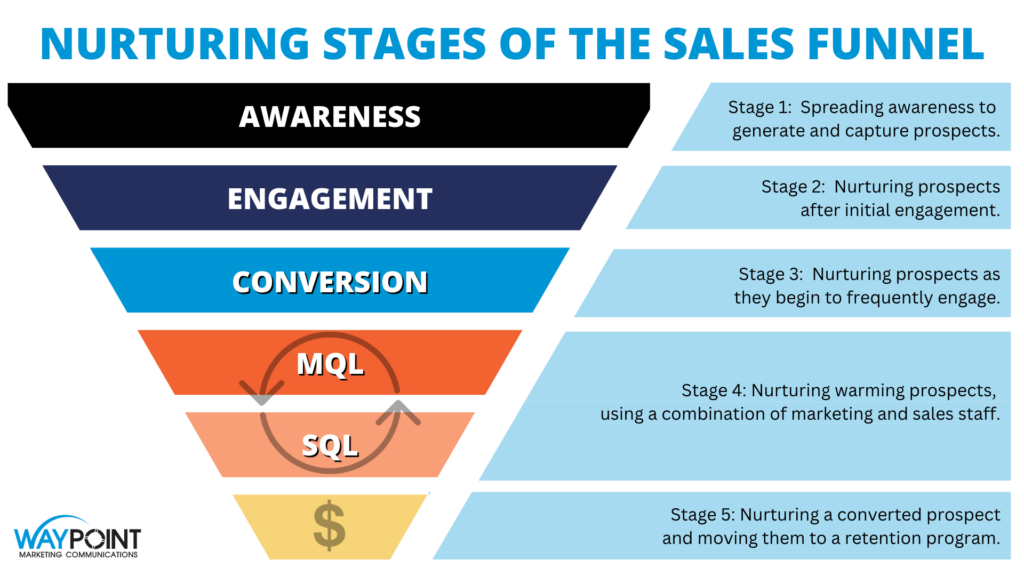5 Common Lead Generation Mistakes to Avoid and How to Fix Them
Lead generation is one of the most important—and most misunderstood—parts of modern B2B marketing. Teams invest heavily in tools, campaigns, and outreach strategies, but still struggle to deliver consistent, high-quality leads to sales. Why? Because many of the most damaging lead generation mistakes are easy to miss. They don’t always show up in the metrics right away, but they quietly erode pipeline performance over time.
In this article, we’re breaking down five common lead generation mistakes that could be holding your team back, and showing you how to fix them with smarter strategy, stronger alignment, and better data.
Quick Takeaways
- Focus on lead quality over quantity to improve conversion rates and reduce wasted effort.
- Relying on a single lead source creates risk and limits pipeline growth.
- Aligning sales and marketing ensures smoother handoffs and stronger outcomes.
- Effective nurturing and meaningful metrics drive long-term lead generation success.
Mistake #1 – Prioritizing Quantity Over Quality
Why It’s a Problem
It’s easy to fall into the trap of chasing more leads. But volume means nothing if the leads don’t convert. Flooding your pipeline with low-fit contacts creates friction across marketing, sales, and operations. SDRs waste time on dead ends. Sales reps chase leads that were never a good match to begin with. And leadership questions the value of your efforts.
High lead counts may look good on a dashboard, but they rarely translate to actual revenue without quality behind them.
How to Fix It
Start by refining your ideal customer profile (ICP). Go beyond firmographics and consider buying signals, intent behavior, and common success traits across your current customers. Then revisit your lead scoring model. Make sure it reflects real engagement and fit, not just surface-level activity.

It also helps to create stronger feedback loops between marketing and sales. Sales teams can provide context about lead quality that raw data alone can’t capture. Together, you can tighten qualification criteria and focus on leads with a real chance of converting.
Mistake #2 – Relying on One Lead Source
Why It’s a Problem
If most of your leads come from a single channel—whether it’s paid search, cold calling, or webinars—you’re taking a big risk. Algorithms change, budgets shift, and response rates drop. And when that one source slows down, your pipeline stalls with it.
Depending too heavily on one lead source also limits your reach. You end up missing high-value prospects who engage on other platforms or prefer different types of outreach.
How to Fix It
Diversify your approach. Balance inbound and outbound efforts. For example, combine intent-based outreach with SEO-driven content. Use email, social, events, and partnerships to meet buyers where they are.
Test, analyze, and double down on what works across multiple channels. This makes your lead generation more sustainable and less vulnerable to disruption.
Mistake #3 – Misalignment Between Sales and Marketing
Why It’s a Problem
Even the best lead generation strategy will fall flat if sales and marketing aren’t on the same page. When teams operate in silos, leads get passed off with little context—or worse, they don’t get followed up on at all. Sales may question lead quality. Marketing may blame sales for poor conversion. The result is missed opportunities, wasted budget, and a broken buyer experience.
How to Fix It
Start by aligning on the basics: What exactly is a qualified lead? What makes someone sales-ready? Build shared definitions and document them. Then go a step further and schedule regular pipeline reviews and make collaboration a habit, not an afterthought.
Use closed-loop reporting to track what happens to leads after handoff. This helps both teams see what’s working, what’s not, and where to improve. When sales and marketing work together, lead generation becomes a strategic advantage.
Mistake #4 – Ignoring Lead Nurturing
Why It’s a Problem
Not every lead is ready to buy today and treating them like they are can backfire. If you focus only on short-term conversions, you risk losing touch with buyers who may be a perfect fit down the line. Without consistent nurturing, those leads go cold. Worse, they may end up engaging with a competitor that stayed in front of them.

Ignoring lead nurturing creates long gaps in the buyer journey, leaving qualified prospects to drift away unnoticed.
How to Fix It
Build structured nurture tracks based on where leads are in their journey. Use email workflows, targeted content, and personalized outreach to stay relevant without being intrusive. Behavioral triggers—like repeat visits or content downloads—can signal when a lead is warming up and ready for a follow-up.
Most importantly, don’t treat nurturing as an afterthought. It’s a core part of lead generation, especially in B2B where the sales cycle is longer and trust plays a bigger role.
Mistake #5 – Not Measuring the Right Metrics
Why It’s a Problem
It’s easy to get distracted by vanity metrics like impressions, clicks, or raw lead volume. But these numbers don’t tell you whether your lead generation strategy is actually driving business outcomes. If you’re not measuring what matters, you’re flying blind.
Without the right metrics, it’s hard to identify what’s working, what’s wasting budget, and where to improve.
How to Fix It
Shift your focus to performance indicators that connect marketing activity to revenue. Track lead-to-opportunity conversion rates, average deal velocity, and pipeline influence. These metrics tell you if your leads are qualified, moving through the funnel, and ultimately becoming customers.
Use dashboards to visualize trends and help both sales and marketing make smarter decisions. The more clearly you can tie efforts to outcomes, the easier it becomes to optimize your strategy.
Fix the Gaps and Strengthen the Pipeline Today with Televerde
Lead generation mistakes are easy to overlook, but they come at a cost. By tightening your strategy, aligning teams, and focusing on long-term engagement, you can build a healthier pipeline that drives real results.
Want to generate better leads and close more deals? Learn how Televerde’s demand generation solutions help you turn strategy into revenue.


